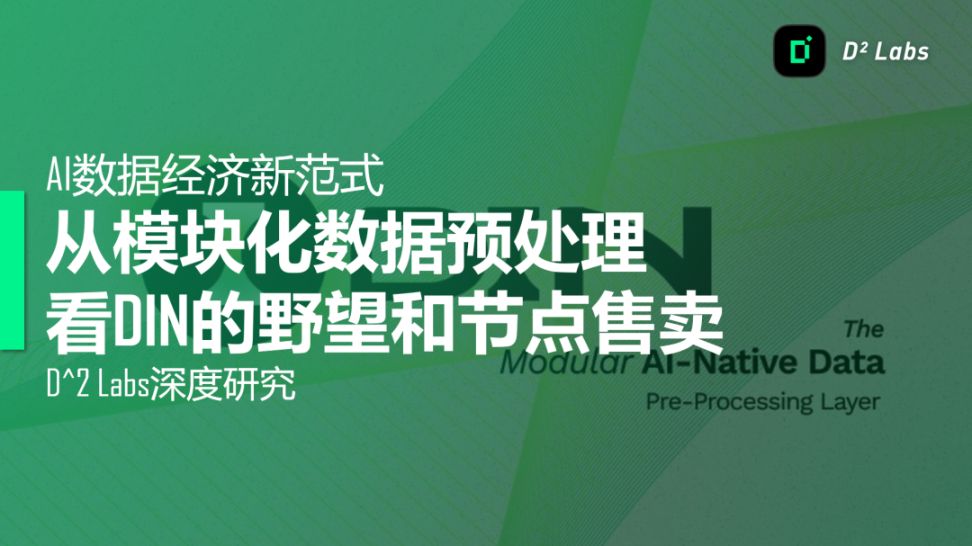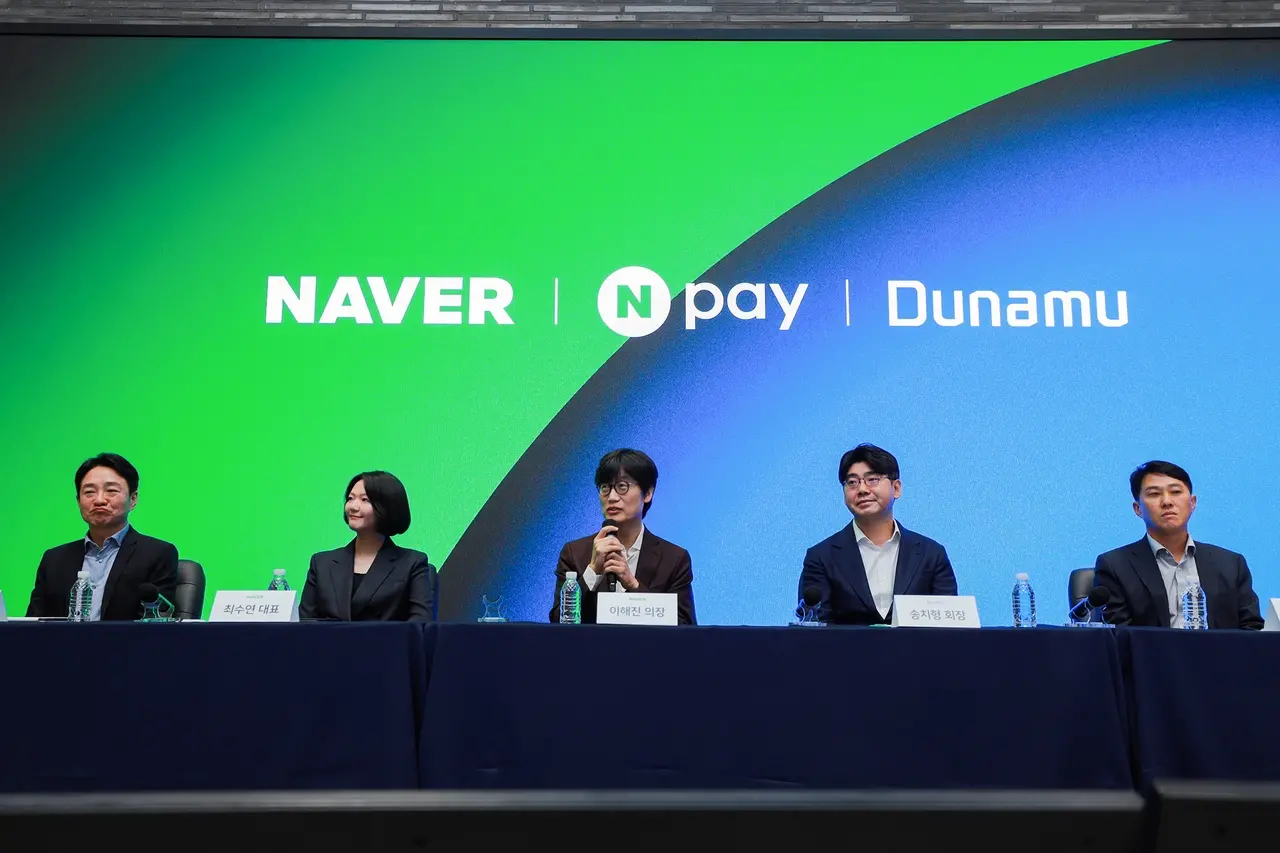A New Paradigm for AI Data Economy: Exploring DIN's Ambitions and Node Sales through Modular Data Preprocessing
AI is undoubtedly one of the hottest sectors globally today. From Silicon Valley's OpenAI to domestic players like Moonshot and Zhipu Qingyan, both emerging entrepreneurs and traditional tech giants are joining this AI revolution.

Preface
Today, AI is undoubtedly one of the hottest sectors globally. Whether it is OpenAI in Silicon Valley or domestic startups like Moonshot and Zhipu Qingyan, both new entrepreneurs and traditional tech giants have joined this AI revolution. AI not only leads trends in the technology sector, but is also one of the most outstanding areas in this year’s cryptocurrency market. Looking at the projects listed on major CEXs this year, despite recent market turbulence, the AI leader Bittensor (TAO) still leads all new coins this year with a return of over 5x. As AI technology continues to develop and be applied, data, as the cornerstone of AI development, is becoming increasingly important.
In the tide of the AI era, the importance and potential value of data have reached unprecedented heights
According to statistics, mainstream AI large model companies currently need to process and consume hundreds of millions of datasets annually. The effectiveness and accuracy of this data directly affect the training results of AI models. However, the cost of acquiring data is also rising, becoming a major challenge faced by AI companies.
Performance optimization is supported by the ever-increasing volume of data consumption
In the current market, large model companies process and consume vast amounts of data each year. For example, OpenAI used about 45TB of text data to train the GPT-3 model, and the training cost for GPT-4 reached as high as $78 million; Google’s computational cost for training its Gemini Ultra model was about $191 million. This massive data demand is not limited to OpenAI; other AI companies such as Google and Meta also need to process huge amounts of data when training large AI models.
The effectiveness of data needs attention
Effective data must be high-quality, unbiased, and rich in feature information to ensure that AI models can learn from it and make accurate predictions. For example, when OpenAI trained GPT-3, it used text data from various sources, including books, articles, and websites, to ensure diversity and representativeness. However, the effectiveness of data not only depends on its source, but also involves multiple stages such as data cleaning, annotation, and preprocessing, all of which require significant human and resource investment.
The economic aspect cannot be ignored: the cost of data collection and processing
In actual AI model training, the costs of data collection, annotation, and processing are often underestimated, but these expenses can be very significant. Specifically, data annotation itself is a time-consuming and costly process that often requires manual labor. Once data is collected, it must also be cleaned, organized, and processed so that AI algorithms can use it effectively. According to a McKinsey report, the cost of training a large AI model can reach several millions of dollars. In addition, the construction and maintenance of data centers and computing infrastructure for AI companies are also huge expenditures.
In summary, training large AI models relies on vast amounts of high-quality data, and the quantity, effectiveness, and acquisition cost of this data directly determine the performance and success of AI models. In the future, as AI technology continues to advance, how to efficiently acquire and utilize data will become a key factor in the competition among AI companies.
Modular Data Preprocessing Layer: A Decentralized AI Data Solution Based on Blockchain
Against this backdrop, DIN (formerly Web3Go) has emerged as the first modular AI-native data preprocessing layer. DIN aims to enable everyone to provide data for AI and receive rewards through decentralized data validation and vectorization processing, leading a new data economy trend where everyone can monetize their personal data and enterprises can acquire data more efficiently and economically. Currently, DIN has received $4 million in seed funding from Binance Labs, and subsequently secured an additional $4 million in pre-listing financing from other institutions, communities, and KOL networks, with a current valuation of $80 million, demonstrating the market’s strong recognition of its huge potential and future development. Its partners include Polkadot, BNB Chain, Moonbeam Network, and Manta Network.
DIN's Data Preprocessing Node – Chipper Node
DIN’s market positioning is very clear, dedicated to building a decentralized data intelligence network in the AI and data sector.Chipper Node plays an important role in the DIN ecosystem,responsible for data validation, vectorization processing, and reward calculation, and is a core component of DIN’s data preprocessing layer.
Disclaimer: The content of this article solely reflects the author's opinion and does not represent the platform in any capacity. This article is not intended to serve as a reference for making investment decisions.
You may also like
Forbes 2026 Crypto Trend Forecast: Where Will the Market Go After Volatility Decreases?
The stablecoin frenzy, the financialization of bitcoin, and cross-border capital flows are accelerating the restructuring of the industry.

Once the most lucrative application, is it now completely abandoned?

The four-year bitcoin cycle is invalidated—who will lead the new two-year cycle?

You may have misunderstood JESSE; this is an attempt to bring revenue to the Base chain.
